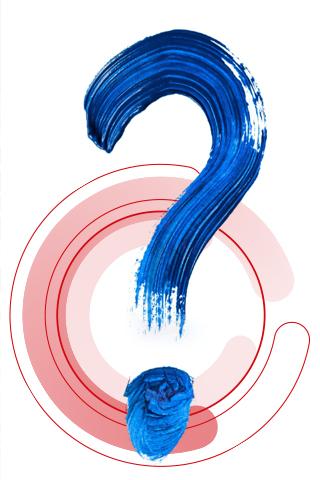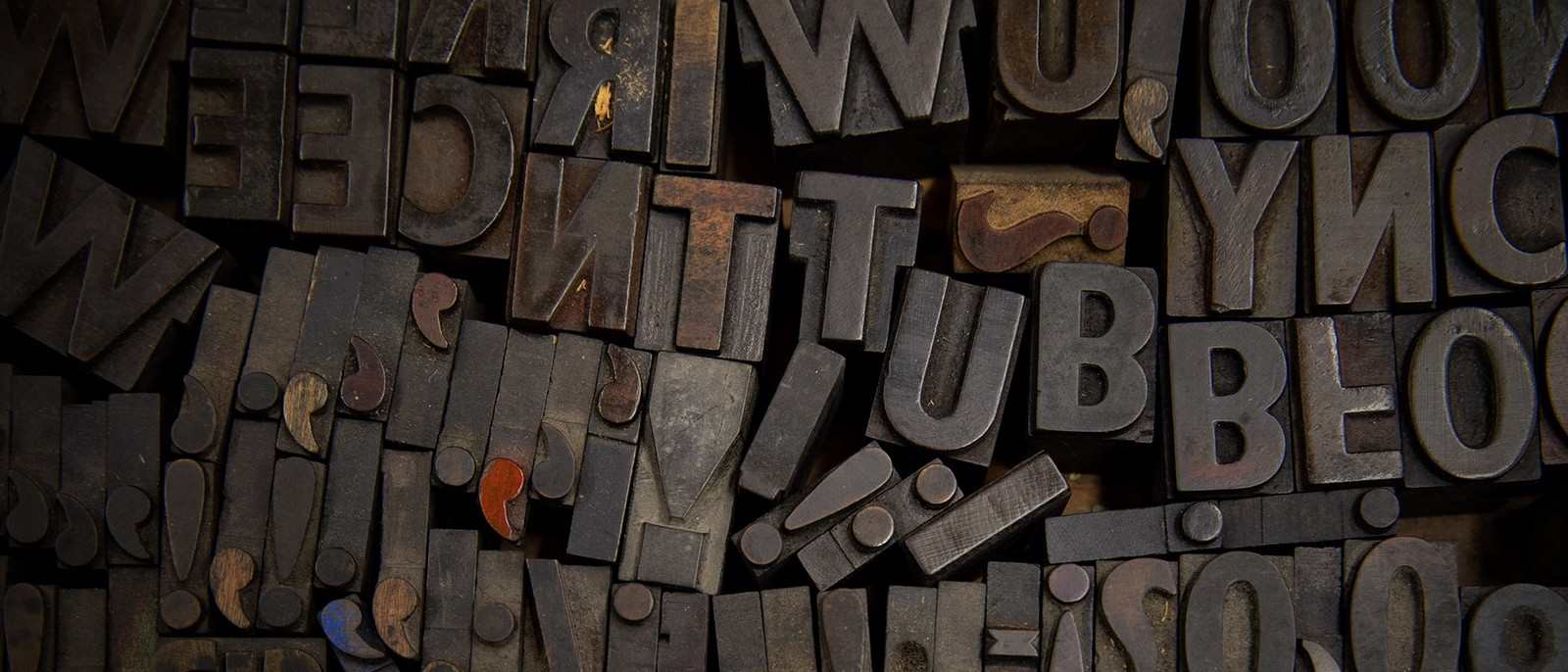Take the printing quiz
Are you familiar with printing, bookbinding and press jargon? Take our quiz. For each question you guess right, you get a point, and at the end you get a score. Or are you looking for a glossary of printing terms? Here it is.

Try the test :-)
What do you know about colours?
- What is CMYK?
- What is RGB?
- What do you call colourless paint?
- What do we call a proof?
- For which colour does the human brain distinguish the most shades?
Answers:
- CMYK stands for four-colour printing. Letters are abbreviations for colours: Cyan (blue), Magenta (fuchsin), Yellow, BlacK. By mixing these four colours, it is possible to print colour motif and photographs
- It stands for three colours: Red, Green, Blue. They are used in monitors, cameras and televisions, where they mix to produce other colour shades.
- Print varnish (oil-based varnish applied from the print tower)
- Printing, which is used to check the colour and detect printing errors before printing.
- In green
Do you know the different types of printing?
- What is offset printing?
- What is digital printing?
- What is screen printing?
- What is pad printing?
- What is intaglio printing?
Answers:
- The most widely used printing technique, the so-called planographic printing. The ink is transferred to the printed material from the surface of the printing plates.
- Printing with inkjet or toner technologies without the use of printing plates.
- The principle of screen printing consists in pushing the ink through the permeable areas of the stencil. Screen printing is suitable for printing promotional items made of textiles and soft plastic, but also paper.
- A printing process that can transfer a 2D image to a 3D object. The print motif is transferred from the printing mould via a silicone carrier (pad) to the printed (usually uneven) surface.
- In intaglio printing, the ink is transferred to the printed material from the recessed areas of the printing plate. We know sheet-fed or rotogravure printing
Do you know your way around bindings?
- What is Saddle & Flat Stitch binding?
- What is Perfect binding?
- What is Perfect book binding?
- What is book binding?
- What is a twin-wire binding?
Answers:
- Notebook binding, stapled, with a wire in the spine
- Binding glued at the spine with a soft cover.
- Classic sewn binding glued (hinged) into a soft cover
- Classic sewn binding glued into a hard book cover using paper prefolds (the cover is usually covered with linen)
- Twin Loop Binding (most commonly used for calendars, notebooks)
How well do you know printing jargon?
- What’s an alignment sheet?
- What’s a scrap paper?
- What’s a lacet?
- What’s a blank page?
- What’s a flap?
Answers:
- The corner of the sheet on which the printing machine is aligned.
- Faulty printing
- Bookmark/ribbon
- A blank page of a book that is deliberately unprinted.
- Paper flap, bookmark. It is used, for example, as a kind of calendar binding. Like the back flap for wall calendars, where the month sheets are glued to it and sheets tear away from it by means of perforations.
What do you know about refinement of printed materials?
- What is a partial varnish?
- What is embossing?
- What is hot-press printing?
- What is Soft Touch?
- What is Drip-Off?
Answers:
- Partial refinement of part of the surface of the printed paper with varnish, to highlight the graphic element.
- Embossing is a technology in which plates without ink are used to extrude or emboss text or patterns onto/from paper using a die and a patter.
- Hot foil stamping (hot stamping, gold printing) is a technology where a layer of foil is transferred to the material under elevated temperature and pressure.
- It is a type of paper lamination. A design velvety film very pleasant to the touch that is applied to the surface of the printed material to refine it.
- The special high-gloss varnish in combination with the printing oil varnish creates the so-called drip-off effect, the “pearly” effect of miniature droplets of varnish.
What did you score?
23–25 points = Bravo! You’re a printing wizard.
20–22 points = Great, excellent result! with
17–19 points = Good! 68% correct.
14–16 points = Half good? That’s a nice performance.
up to 13 points = Congratulations! You’re great for trying it.
What is the lesson?
You don't need to know any of the above printing terms. That’s what our printing company and our printing experts are here for: to advise and help you on printing, bookbinding, printed materials finishes, choice of materials, packaging, calendars and their design. Contact POINT CZ experts, fill in the form or contact us directly. Leave the printing and packaging to us. We’ve known how to do it for 30 years.
Text: Markéta Švábová, Marek Kraus



 LinkedIn
LinkedIn